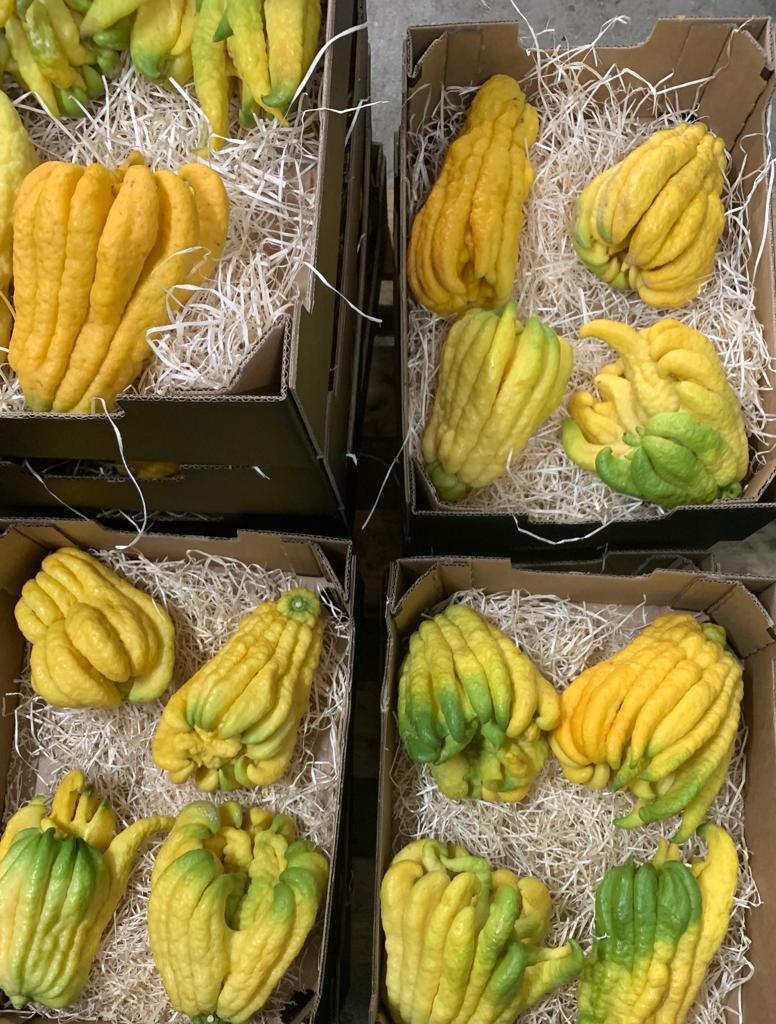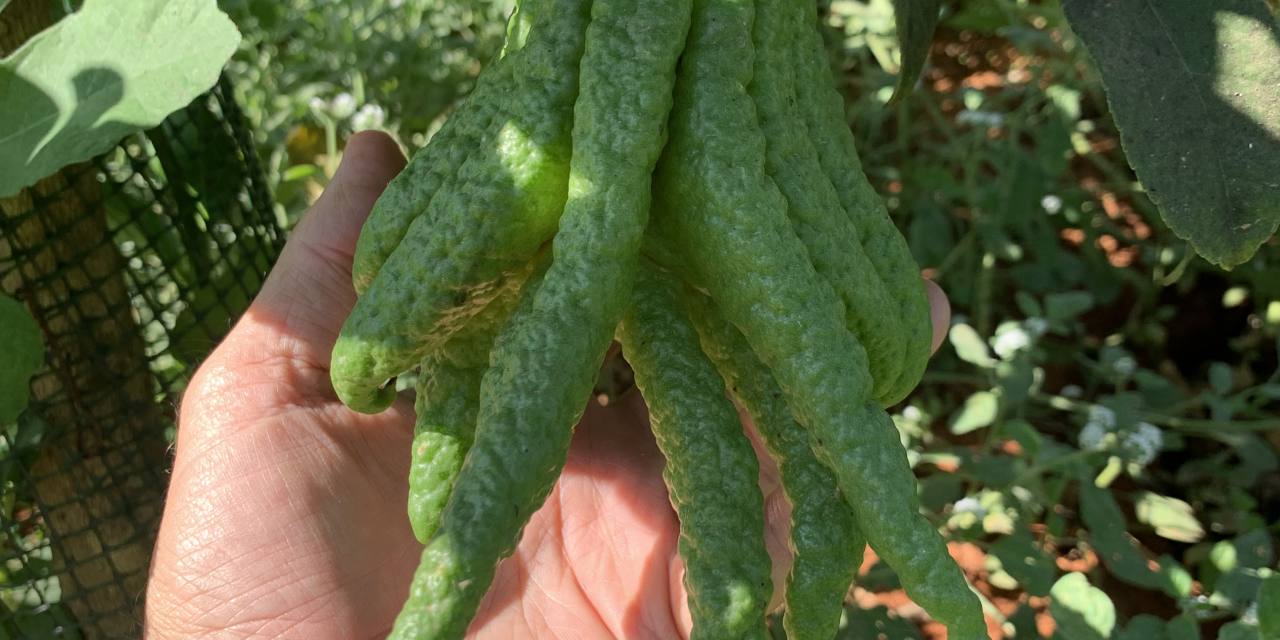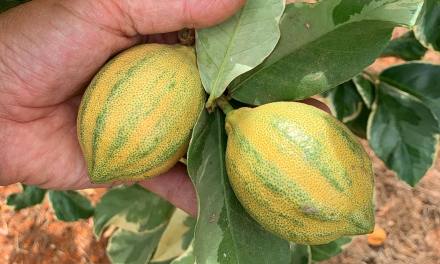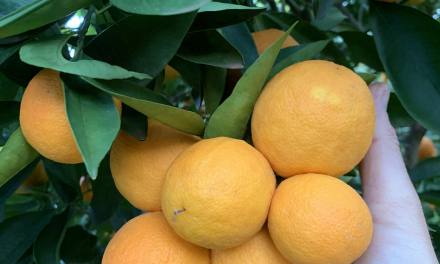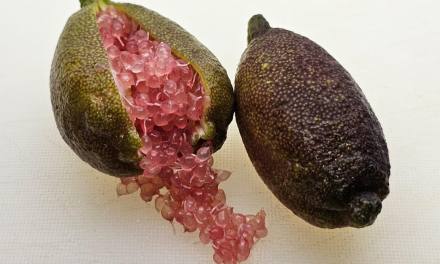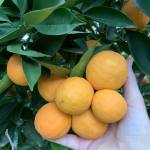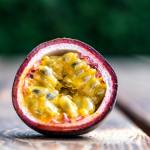The Buddha’s hand is one of the most peculiar citrus fruits we can find. Lime, mandarin, orange, grapefruit… they all follow a pattern that makes them very similar to each other. It is true that the Buda hand is the exception that proves the rule. This curious citrus fruit is characterised by the fingers or tentacles that are visible at first glance.
The long history of this citrus fruit goes back to ancient times. Originally from India, it was later brought by Buddhist monks to China, where the fruit became known as “wu zhi gan” (or five-fingered mandarin). It was generally used not only as a symbol of wealth, happiness and longevity, but also as an offering to the gods or as a traditional New Year’s gift.
Nowadays this foodstuff is used to flavour the rooms of houses, but this attribute was already prominent when the citrus fruit arrived in Europe in the time of Charlemagne. The latter was struck by its powerful smell rather than by its shape. Moreover, it now occupies an important place in Asian culture and its production is widespread in India, China, Japan and Indochina.
The fruit
The hand of a Buddha is a very unusual citrus fruit. Gone is the spherical shape to give way to a series of five to twenty tentacles or fingers hanging from the underside. Unlike the lime or lemon, it has no juice or pulp, a yellowish colour and a straight, spongy rind. Although it may seem a nuisance not to have the juiciest part of the fruit, the truth is that the entire Buddha hand is edible.
As a result of this lack of pulp, the fruit is much less bitter than other citrus fruits and its uses range from candied peel, to zest in desserts or its essences in baked dishes, infusions…
The size ratio between the fruit and the tree is unbalanced. The citrus fruit has a large size compared to the small height of the lemon tree, added to the large amount of Buddha’s hands that it can produce.
The nutritional properties are another of the qualities that make this food very complete in all aspects. It is high in vitamin C, calcium and fibre. At the same time, it is an excellent product for diets, as its low calorie content prevents exaggerated weight gain, as it contains little fat. But of all its properties, the essential oils and antioxidants are the most important, as they are the main protectors against many diseases.
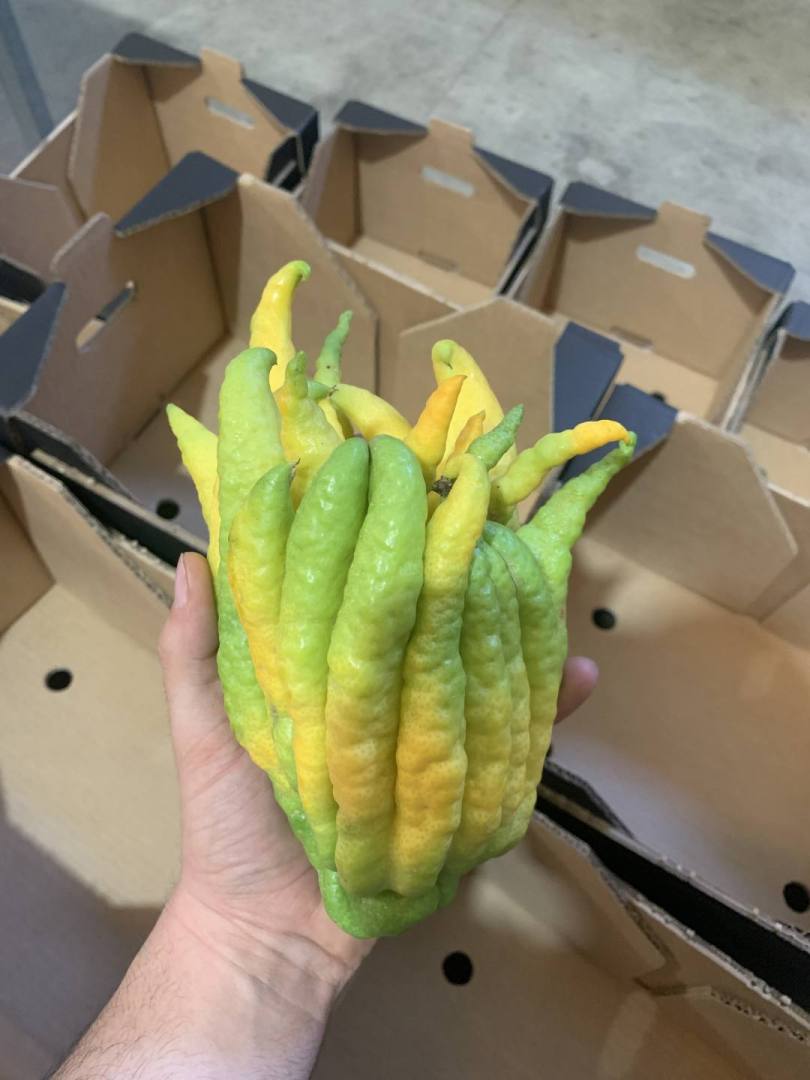
Uses of Buddha’s hand
Buddha’s hand is a very versatile food, which fulfils many functions:
- Medicinal properties. This product was often used to treat digestive problems, acting as a tonic. To treat stomach pain or spasms in the digestive tract, coughs, colds… it is only necessary to use the leaves and the oil of the fruit to obtain a soothing infusion.
- Perfumery and cosmetics. Also in cosmetics and perfumery. As medicine has advanced, the strong aroma that characterises it has become the main reason for food claims. Thus, it is very common to see the hand of Buddha perfuming Asian houses.
- Cooking and cocktails. It is the best companion for cocktails thanks to its aroma. In the gastronomic field, the skin is the protagonist, as the pulp is rough and has little juice. Its rind has a tasty nectar, therefore the triumph of this food is achieved by caramelising it in order to get more out of it.
VISIT GOSPA CITRUS👉 CLICK HERE
